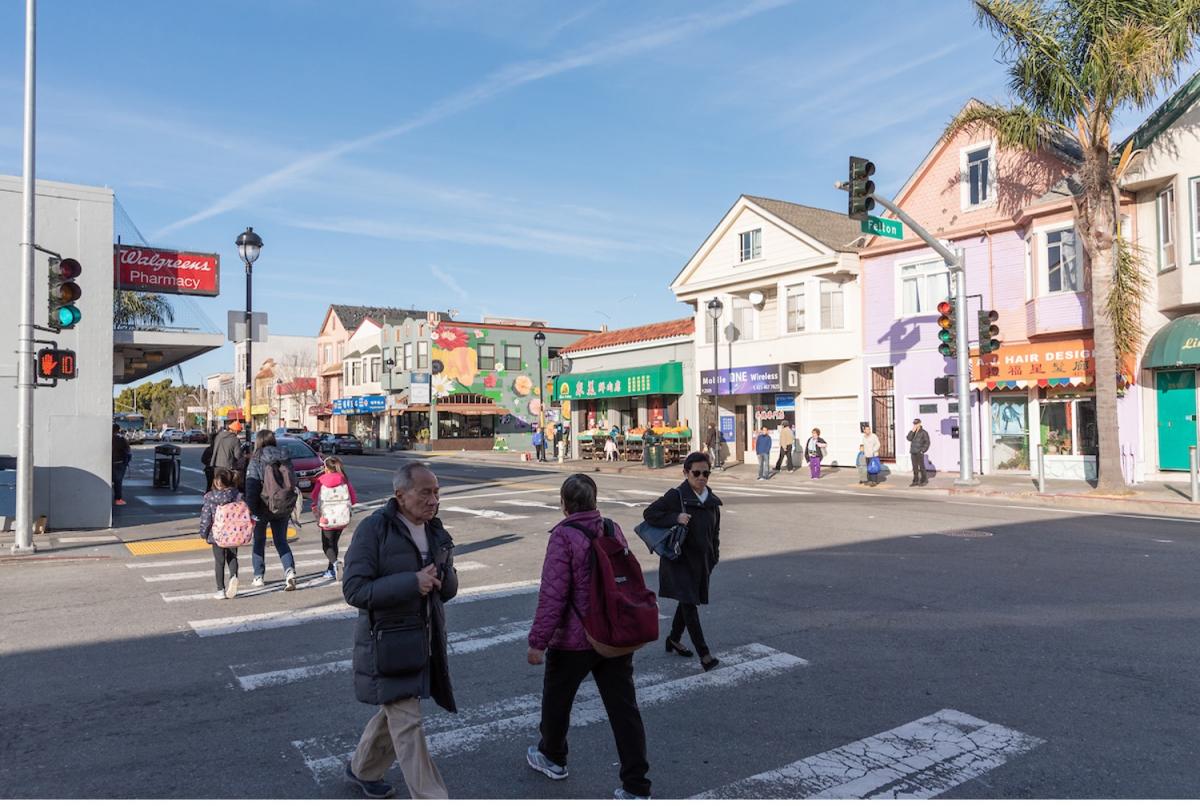What are they?
SFMTA has implemented a range of improvements to pedestrian signals at intersection, including: pedestrian countdown signals, leading pedestrian intervals, and increased crossing times. Pedestrian countdown signals add a lighted timer following the "walk" signal at intersections so people can see how long they have to cross the street. Leading pedestrian intervals (LPIs) are a change to traffic signal configurations that give people the "walk" signal at least three seconds before the drivers get a green light. Increased crossing time adjusts the signal timing at intersections to give pedestrians more time to cross the street.
How do they work?
Adjustments to pedestrian signals at intersections can make a substantial difference for safety. Even the few extra seconds that LPIs give to pedestrians before vehicles start to move have been shown to reduce pedestrian-vehicle collisions as much as 60%. Adding more time for people to cross the street promotes safety and security for all road users. And clearly communicating to pedestrians how much time remains before to get through the intersection before cross-traffic begins flowing has been shown to significantly reduce collisions at intersections.
SFMTA’s commitment to pedestrian signal improvements
The SFMTA is upgrading all pedestrian signals to include countdowns at all signalized intersections. Nearly all of San Francisco’s 1,200+ signalized intersections have pedestrian countdown signals. Additionally, In 2018, SFMTA committed to increasing the crossing time at intersections from 3.5 ft/second to 3.0 ft/second for city crosswalks. This new standard will be rolled out gradually to the vast majority of the SFMTA’s 1,200 signalized intersections.
Where to find pedestrian signal improvements in San Francisco
- Eddy and Mason: A LPI was installed at Eddy and Mason streets, which previously had the city’s highest rate of left-turn pedestrian injury collisions in 2015; for the eight months following installation, no pedestrian injuries involving left-turning drivers have been reported.
- The Panhandle: In 2020, SFMTA installed LPIs at the intersection of Oak and Masonic to improve pedestrian and cyclist safety.
- Lombard Street: Along this high-injury corridor, LPIs were installed along with bulb-outs, high visibility crosswalks, and daylighting to reduce collisions.
